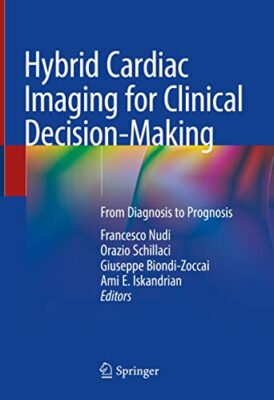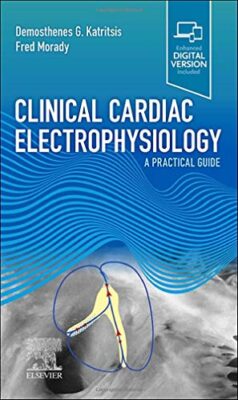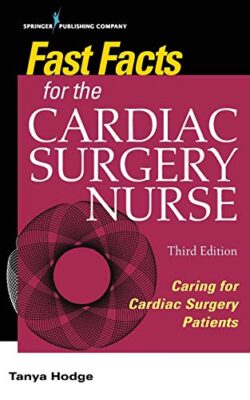Nuclear Cardiology and Multimodal Cardiovascular Imaging: A Companion to Braunwald’s Heart Disease
1st Edition
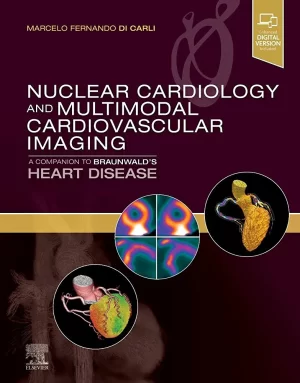
Recent years have seen numerous advances in cardiovascular nuclear medicine technology, leading to more precise diagnoses and treatment and an expanded understanding of the molecular basis for cardiac disease. Nuclear Cardiology and Multimodal Cardiovascular Imaging is a one-stop, comprehensive guide to the diagnostic and clinical implications of this complex and increasingly important technology. Part of the Braunwald family of renowned cardiology references, it provides cutting-edge coverage of multimodal cardiac imaging along with case vignettes and integrated teaching content―ideal for cardiologists, cardiology fellows, radiologists, and nuclear medicine physicians.
Features all the latest cardiovascular nuclear medicine studies with practical, evidence-based implications for personalized patient evaluation and treatment.
Presents a consistent, patient-centered approach using integrated case vignettes correlated with specific nuclear medicine imaging findings. Discusses patient assessment criteria, risk factor criteria, pathology, evaluation criteria, outcomes, and other clinical implications.
Covers a full range of imaging technologies, including SPECT/CT, PET/CT, and CT/MR hybrid radionuclide cardiovascular imaging studies.
Addresses emerging clinical applications of nuclear imaging techniques for precision-based medicine, including targeted molecular imaging and cell therapies.
Includes sections on instrumentation/principles of imaging; protocols and interpretation; applications in coronary artery disease, special populations, and heart failure; artificial intelligence, and more.
Contains guidelines and appropriate use documents to provide appropriate context for clinicians.
Features hundreds of high-quality figures including multimodal cardiac imaging studies, anatomic illustrations, and graphs.
Provides Key Point summaries, 50 procedural videos, and 100 multiple-choice questions and answers to reinforce understanding and facilitate review.
Enhanced eBook version included with purchase, which allows you to access all of the text, figures, and references from the book on a variety of devices
DOWNLOAD THIS MEDICAL BOOK


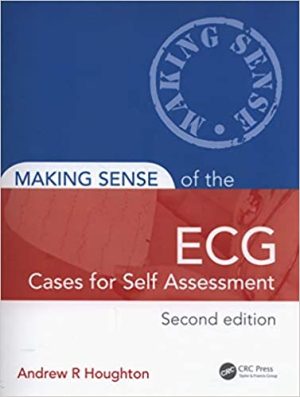
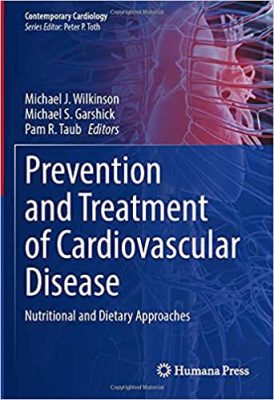
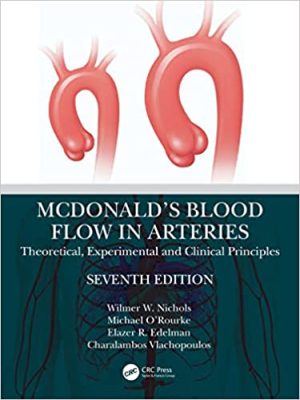

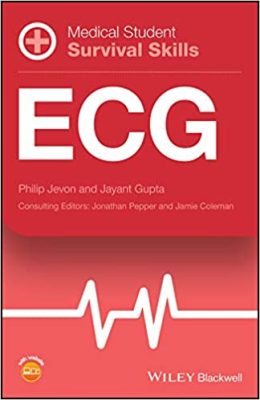 Medical students encounter many challenges on their path to success, from managing their time, applying theory to practice, and passing exams. The Medical Student Survival Skills series helps medical students navigate core subjects of the curriculum, providing accessible, short reference guides for OSCE preparation and hospital placements. These guides are the perfect tool for achieving clinical success.
Medical students encounter many challenges on their path to success, from managing their time, applying theory to practice, and passing exams. The Medical Student Survival Skills series helps medical students navigate core subjects of the curriculum, providing accessible, short reference guides for OSCE preparation and hospital placements. These guides are the perfect tool for achieving clinical success.
